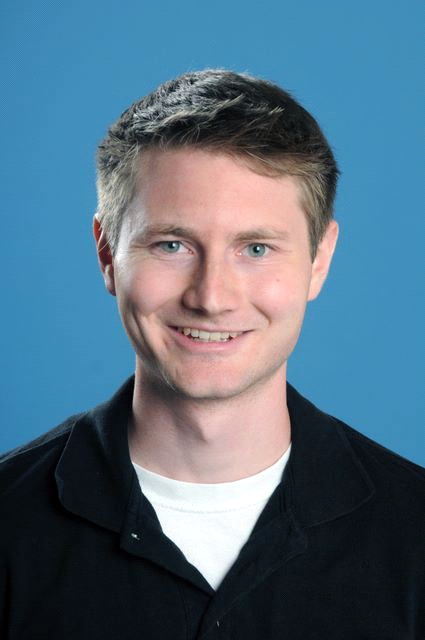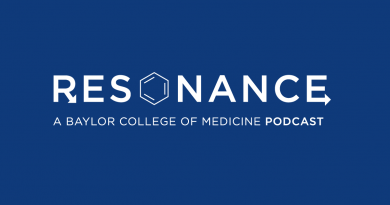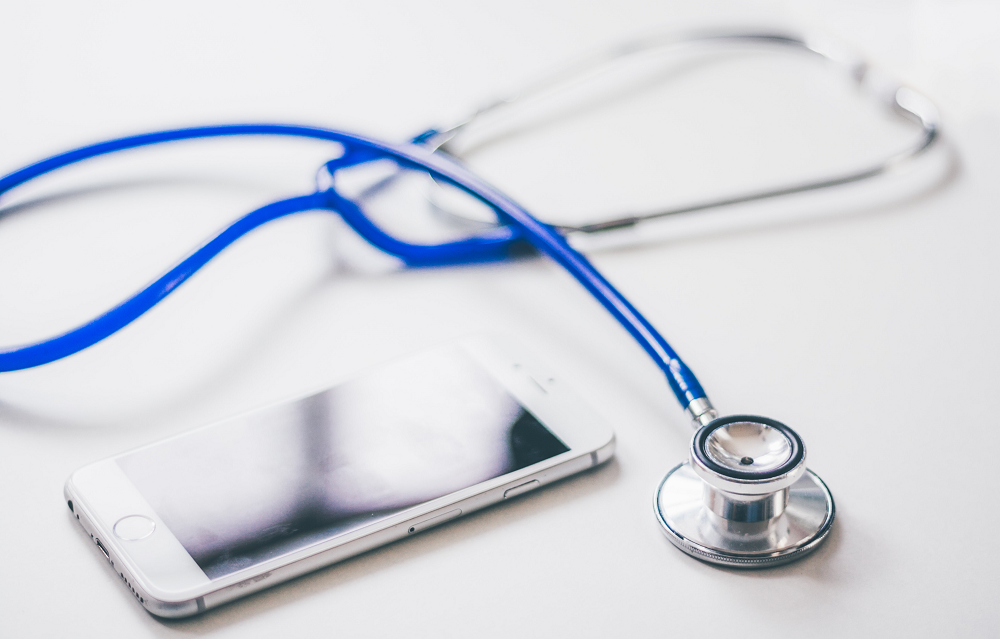Tribute to our greatest teachers
Editor’s Note: Every year, first year medical students pay tribute to the individuals who donate their bodies and become some of the most important teachers in many medical students’ lives.
In McMillian Auditorium, the first-year lecture hall, students of medicine and nursing gathered on the evening of March 20. They came to pay their respects to the donors who had given their bodies, and by doing so, served as first and honored teachers. The lecture hall was dimmed, the mood subdued; in front, a central table stood with two large vases filled with flowers, a wish tree with tags of poems and notes, and the cremated remains of one of the donors in a simple white box. Through spoken word, music, and art, students came forward to express something of the experience that they carried with them.
First-year students organize the ceremony each year with guidance from Frank Kretzer, head of the Division of Anatomical Sciences, and Caroline Kosnik, Senior Administrative Coordinator in the Department of Molecular and Cellular Biology. Over the last seven years has become a way for the class to pause and celebrate the gift that anatomy donors have given to their education. It is a capstone to Baylor’s anatomy program, which begins on the first day of classes by emphasizing the privilege of cadaver dissection. The anatomy lab can be a challenging place, on many levels; one that pushes students into new tensions of discomfort and responsibility. All of the traditions that frame the lab—the use of professors’ first names to emphasize the teaching role of the donors, the speeches from past students and physicians at the opening of the lab, dissecting in the shadow of Tennyson’s “Crannied Wall”—show the importance that Baylor places on the culture of the lab and the way that it informs the greater culture of the school.
Participants imagined what their donors had been like in life. They expressed ways that the physical intimacy they developed over the course of the year caused them to reflect on who these people were before their bodies came to rest before them. Uncovering imbedded structures led gradually to an appreciation of persons in their wholeness.
The ceremony served as an interval, one hour set apart for recollection in the midst of busy pre-clinical education. Attendees of that evening’s ceremony left with images and perhaps new understanding of the parts that make up the whole. The hand, the face, the juxtaposition of providers’ lives and those of our patients: this is the substance of the work before us all.



